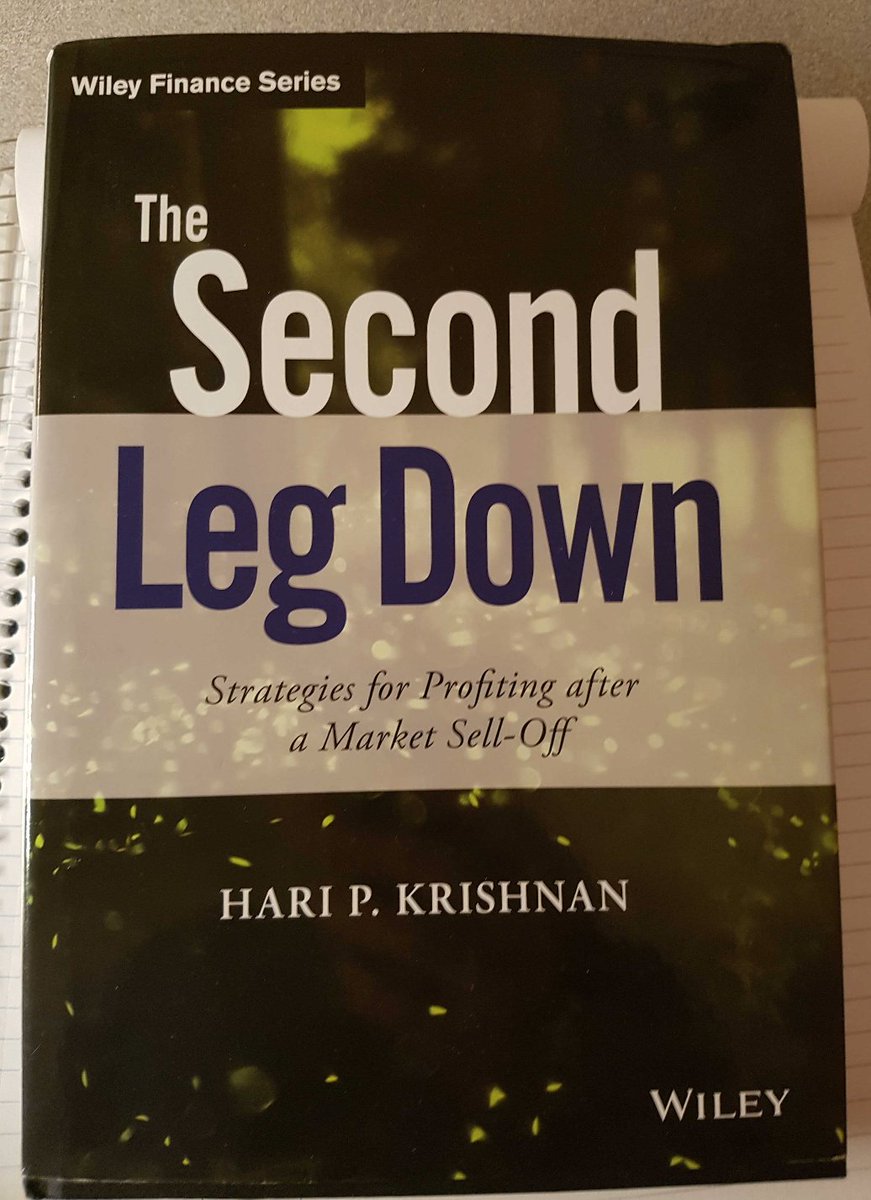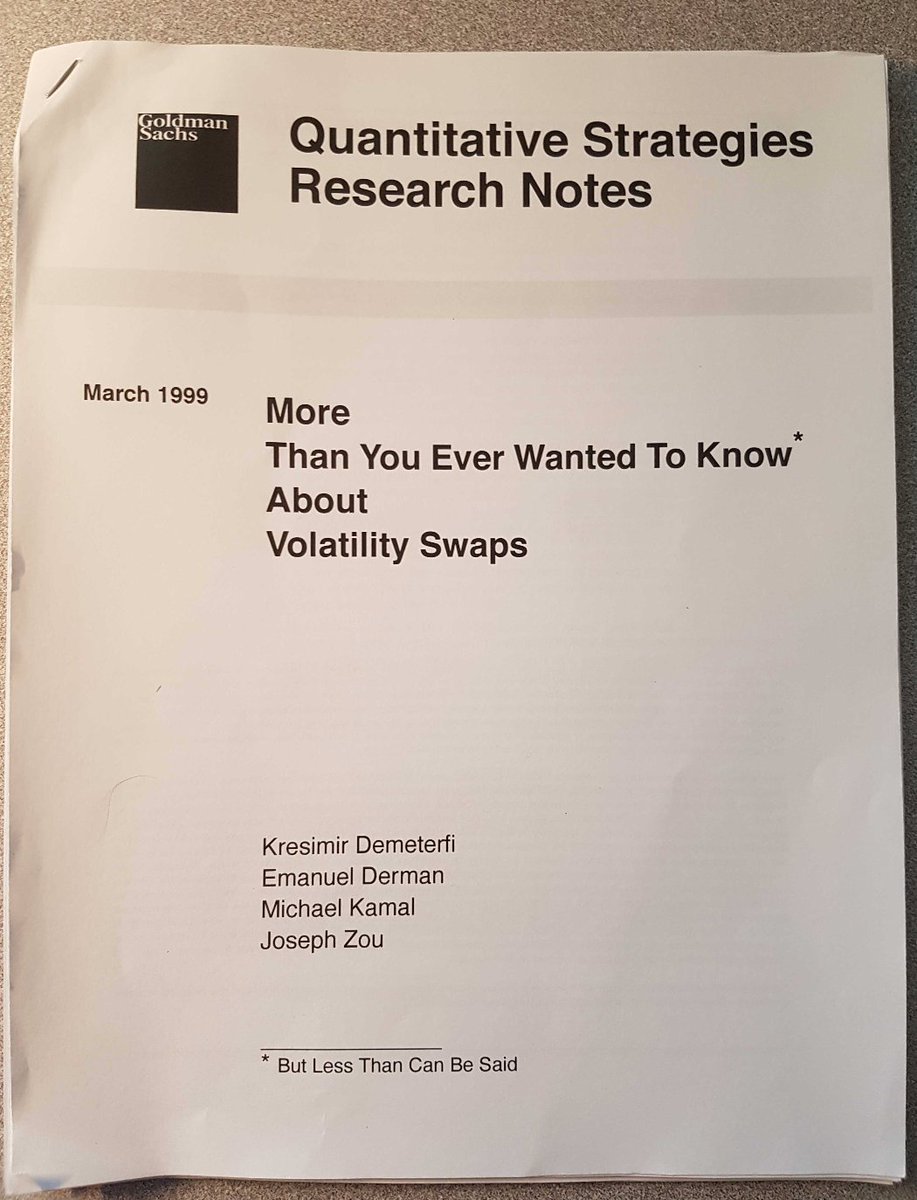
1. To stay in the game all option market-makers must actively manage their greeks. One of the challenging tasks is aggregating the portfolio vega across different maturities. While we can aggregate the delta/gamma/theta fairly easily, vega is trickier to manage. Let’s see why…
2. Suppose we’re a market-maker trading on @tradeparadigm with a book of three options:
Option A: Maturity = 30 days
- Short 100 contracts
- Vega = 3
Option B: Maturity = 60 days
- Long 50 contracts
- Vega = 6
Option C: Maturity = 90 days
- Long 50 contracts
- Vega = 10
Option A: Maturity = 30 days
- Short 100 contracts
- Vega = 3
Option B: Maturity = 60 days
- Long 50 contracts
- Vega = 6
Option C: Maturity = 90 days
- Long 50 contracts
- Vega = 10
3. An initial (but likely incorrect) approach to aggregate the portfolio vega exposure would be:
- Option A: -100 x 3 = -300
- Option B: 50 x 6 = + 300
- Option C: 50 x 10 = + 500
Portfolio Vega = A + B + C = +500
- Option A: -100 x 3 = -300
- Option B: 50 x 6 = + 300
- Option C: 50 x 10 = + 500
Portfolio Vega = A + B + C = +500
4. We usually can't simply add up the vegas across different maturities because of the way implied volatility (IV) moves across different time periods. As shown below, shorter-dated IV can move significantly more than mid-term and long-term IV. 

5. Simply adding the vegas across all maturities implies the short-term IV will move just as much as the mid-term and long-term IV. Generally this is not true as IV does not move in a parallel manner across different time-horizons.
6. One potential way to address this problem was noted in @EGHaug's great paper on net weighted vega (NWV) exposure. You can read it here: espenhaug.com/Haug1993.pdf
7. With this approach we can adjust our vegas w.r.t the vol of vol and vol correlation over the option's maturity. This approach assumes that historical vol and correlation relationships remain relatively the same throughout time. 

8. By normalizing the option vegas with this approach, we can now add up the net vega exposure across different maturities (because now they have been adjusted for the non-parallel shifts in the IV term structure).
9. Here’s an example: imagine we’re a market-maker with a random position size (ranging from -100 to +100) in every single BTC option on @DeribitExchange. We only look at options with maturities > 10 days as the relationships get too noisy below this value.
10. Using the NWV approach we can calculate the normalized vega risk for each option and sum all of our exposures across the entire portfolio. We can see the overall ending values are quite different. 

11. Because our position sizes are randomly assigned, we can run 10,000 simulations to visualize the relationship between the two. Here we plot the normal vega vs. NWV (used log because it's easier to visualize). We can see the differences can be quite large. 

12. We can also look at the distribution of the two approaches. In this case, we could make a compelling argument that the normal vega approach under-states the overall vega exposure vs. the NWV approach. 

13. That's why it's crucial to get this right especially if you're a vol-trader with exposures across multiple option maturities!
14. What do you guys think: @saah1lk, @OrthoTrading, @darshanvaidya , @ConvexMonster @kyled116, @BitcoinMises, @MMKustermann? How would you manage vega for markets with large jumps such as crypto?
• • •
Missing some Tweet in this thread? You can try to
force a refresh







